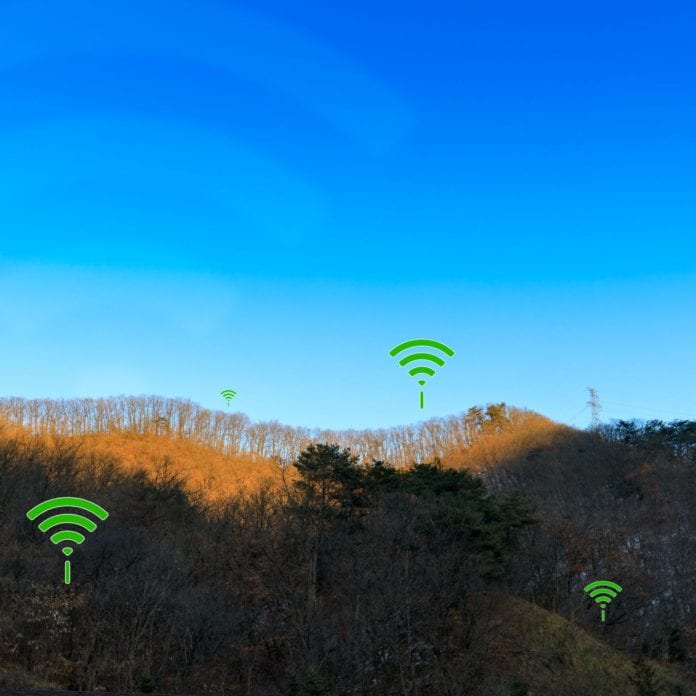What’s going on in rural broadband policy? There are a lot of moving pieces right now: the Rural Digital Opportunities Fund and the proposed Rural 5G Fund, for example, which together will account for nearly $30 billion in spending cover the coming decade to connect rural and unserved Americans. In the meantime, both Congress and the Federal Communications Commission are taking steps to improve the data on where cellular and wireline networks exist in this country, and where they do not.
Steve Berry, president and CEO of the Competitive Carriers Association, and Chip Strange, chief strategy officer at Ookla, recently joined RCR Wireless News for a virtual conversation on current issues and programs for rural broadband policy, and the data on which those policies are based. Both of them have testified before Congress on
What do they think is the most consequential federal program for rural mobile carriers? Berry called the Rural 5G Fund “one of the most important programs right now.”
“We need to make sure that that ten-year program, the $9 billion, that it gets to the right places,” Berry said. And making sure that funding goes to the right places, means knowing where sufficient cellular coverage exists and does not. “I’ve told the senators you can’t fix what you can’t measure,” Berry went on. “I think we have to do everything within our power to properly measure that, so that we’re spending funds and monies energy and efforts and capital investment from the private sector … in areas that are most needed.”
Strange agreed that the Rural 5G Fund is critical for rural mobile players, and he also emphasized the importance of the Broadband DATA Act — which Congress passed with the goal of improving the network data on which funding decisions are based — as well as the need for a funding mechanism to make sure that the FCC can carry out the Act and develop a comprehensive, accurate dataset.
“It is vital that there’s a centralized data source that everyone can have confidence and rely on, to ensure that we don’t have interagency competition, to ensure that we don’t have overbuilding of private companies who’ve put their own capital in the marketplace already,” Strange said. ” We are still, unfortunately, a bit away from that.” He went on to suggest that there need to be much more aspirational thinking about what is possible, and that private-sector companies like Ookla can help solve the broadband mapping problem — but, he added, it requires looking at more than download speeds at a county or census-block level across the country. Comprehensive, accurate broadband key performance indicators, he suggested, could become an important national indicator, much like unemployment numbers.
“It speaks to the the vitalness of these technologies that we treat them with that level of respect, and that level of respect demands aspirational thinking and demands funding,” Strange said.
The wide-ranging conversation delved into the history of Form 477 data (which the FCC uses to determine whether census blocks are served or unserved), to the role of third-party data in helping the federal government and state governments direct funding — and some of the complicating factors in putting together comprehensive national wireline and wireless broadband maps, such as: Who would have access to the dataset, considering the potentially sensitive competitive data that would be involved but the ongoing need to ensure accuracy? Strange suggested that Congress should be more explicit about funding for mapping and measuring of wireline and wireless networks, “even going as far as to allocating percentage of every dollar spent on broadband expansion should be invested in making sure that it’s measured accurately, before and after — I don’t think that’s unreasonable.”
Ultimately, Strange said, he, Berry and others need to contine to “do our work and press Congress and the FCC and other agencies to be as efficient as possible, as thoughtful as possible around where these networks need to go, and we’re going to continue to make progress. … The federal apparatus is a slow- moving machine, but I’m a lot more confident that we’re closer today, than i was two years ago.”
Berry echoed that optimism. “We have an opportunity here—a great opportunity—and the FCC’s [Rural] 5G Fund is sort of the point of the spear,” Berry said. “We can get it right, if we work together.”
Watch the full discussion below:

